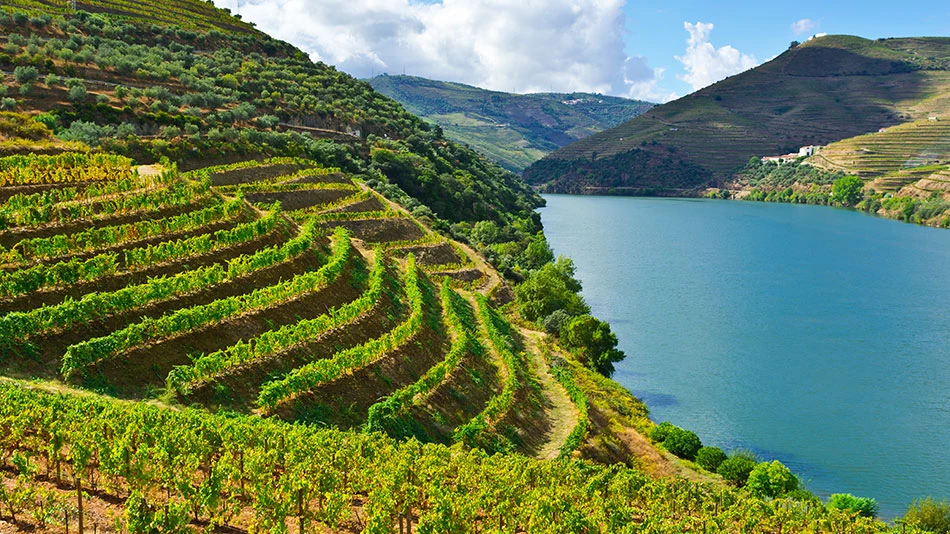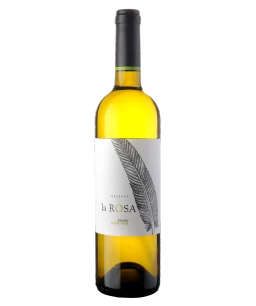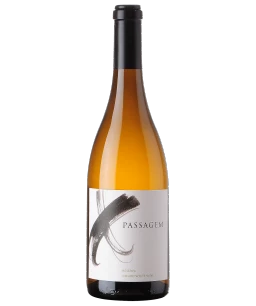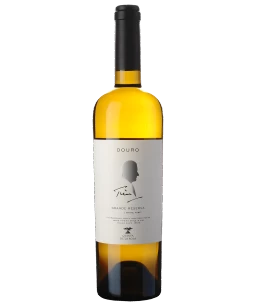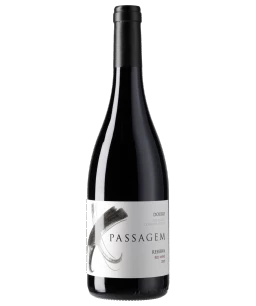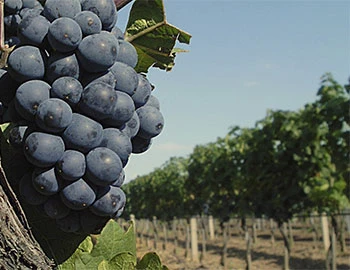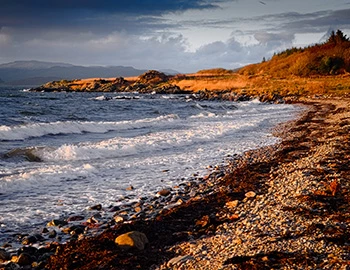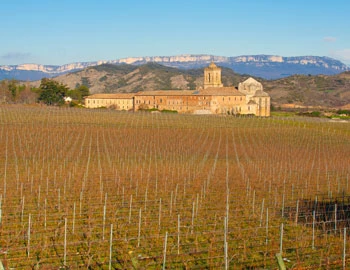Douro
Douro: from port wine to cult wine
For centuries, the legendary reputation of the Douro valley has rested on port wine. By 1970, the five best had been selected from dozens of long-established varieties to be grown on a large scale. Simultaneously, the Douro vintners created the conditions that today allow them to conquer export markets with concentrated and fruity red wines along with port wines. The unique terraced vineyards along the Douro were declared a UNESCO World Heritage Site in 2001.
White wines from Douro
Red wines from Douro
It was a famous nobleman who established the strong reputation of Douro wines. Because of the poor relations between England and France in the late 18th century, British businessmen purchased ever more Douro wine. But due to the enormous demand, the quality of the wines declined, even being mixed with elderberry juice. In 1756, the Portuguese Prime Minister – the legendary Marquês de Pombal – personally stepped in, founding an association to regulate strict quality criteria in the production of Duoro wines. A cadastral survey determined, among other things, that Douro wines may only be produced in slate soils. This decree from the highest office is now regarded as one of the first controlled designations of origin in wine-growing history.
Grown on slate
The slate soils are a decisive factor in the quality of Douro wines. For one, vines must form deep roots in order to get sufficient nutrients in the sparse slate soils. Because of the varying climate in the valley, the cultivation area is divided into three sub-zones. In the westernmost part, the Baixo Corgo, a comparatively cool climate prevails, influenced by the nearby Atlantic Ocean. The dry Cima Corgo, with its spectacular terraced vineyards, is considered the heart of the cultivation area. Here, the most prestigious port wines are produced, along with many premium red wines. Meanwhile, the impassable and hot Douro Superior near the Spanish border is considered a new El Dorado for concentrated red wines.
Port wine specialty
Wine cultivation in the Douro Valley is carried out from the Douro River to the valley’s high slopes, at elevations from 200 to 900 meters above sea level. And the range of wines produced here is just as large. Fresh white wines mature here as well as fully structured red wines. However, the specialty of the valley is still port wine. While the vintage ports are bottled two years after harvest (but can continue developing for decades in the bottle), the so-called tawnies mature for years in oak barrels before coming to the market.
